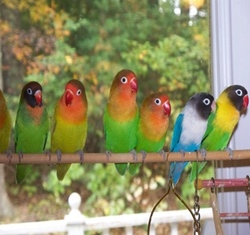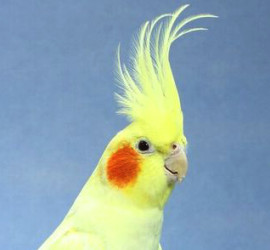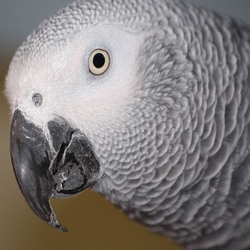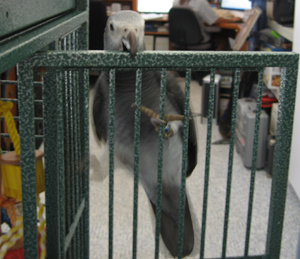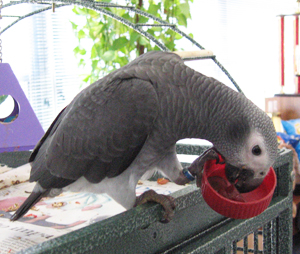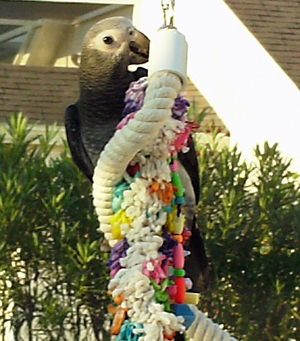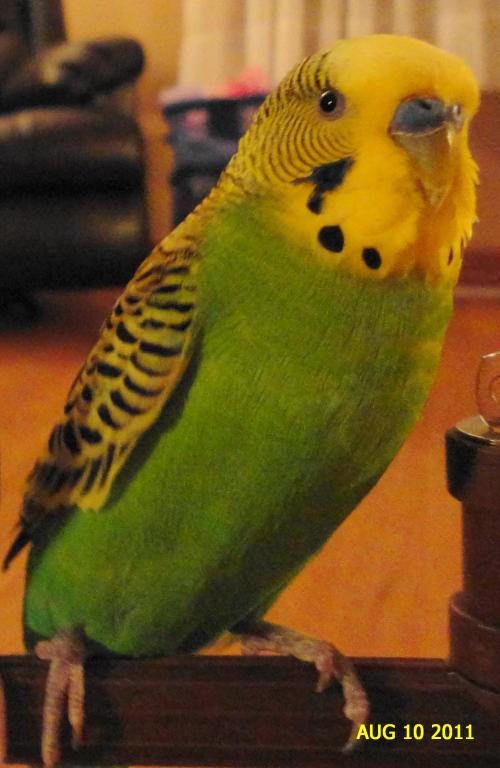Feather Collection for DNA
If you are inexperienced at handling birds, we recommend that feather samples be taken by an experienced bird handler or by a veterinarian. This precaution is for the bird’s and your own safety.

Feathers for avian DNA testing should be freshly plucked, not naturally molted. DNA is contained at the base of the feather, which originates just below the surface of the skin. It is important to pluck each feather individuallyand close to the skin. Use a pair of sanitized tweezers, if necessary—particularly with smallerbirds. Avoid plucking feathers from the opposite end or plucking in clumps, as this may cause the shafts to break off above the skin, rendering them unusable.
Before taking any feather samples, make sure that your hands are clean. If you are collecting samples from multiple birds, wash hands between each collection. Avoid touching the ends of the feather shafts. Follow the steps below to ensure proper feather collection for the avian DNA test.
1. Label Each Envelope or Bag
Before you start collecting the feather samples, label each envelope or resealable plastic bag with the submitter’s name, species of bird collected, and a Bird ID. The Bird ID can be the bird’s name, band number,or cage number. Use the same Bird ID on the Avian DNA Sexing Submission Form so that you can match the final DNA results to the correct bird.
2. Pluck Chest Feathers
With the bird restrained, pluck 4-5 chest feathers. Blood or primary feathers are not required. Additional feathers may be required for smaller birds, such as finches.
3. Place Feathers in the Labeled Envelope or Bag
Place the feathers in the envelope or plastic bag that was labeled in
Step 1. Avoid touching the endsof the feather shafts. Each envelope or bag should contain feather samples from only ONE bird.
4. Fill Out DNA Sexing Submission Form and Mail
Complete the DNA Sexing Submission Form with the submitter’s information, information about each bird including Bird ID, and payment information. Place the individually sealed samples together
with the completed submission form inside an envelope and mail .




















